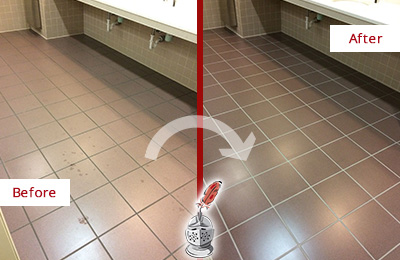They are making a number of good observations about Preventing Water Damage in the Bathroom overall in the content on the next paragraphs.

The bathroom is very susceptible for damp accumulation as well as possible water damage as a result of the regular use water in it. This post provides straightforward assessment techniques to aid discovering water damage threats.
The regular use of water in the washroom makes it very vulnerable for moist buildup and also possible water damage. By inspecting it consistently, you can decrease water relevant problems.
The following collection of evaluations is very easy to perform and need to be done when in every 3 months in order to maintain your restroom healthy as well as to prevent prospective water damages brought on by the bathtub, the shower, pipe joints and also plumbing, sinks, closets, as well as the commode
Do not overlook performing these assessments and be complete while performing them. Remember that these simple assessments can save you a great deal of cash by giving early signs for water damage
Tub and also Shower
The shower as well as bath tub require unique focus as well as upkeep. Check the ceramic tiles as well as change if broken. Make certain that there is no missing grout in between the floor tiles. Examine as well as change broken caulking at joints where the wall surfaces meet the floor or the tub. Blocked drains pipes and pipes issues will certainly avoid the tub from drying out and also may suggest significant problems below the bath tub. Seek advice from a professional right away to stop structural damage. Focus on stainings or soft locations around the bathtub walls as they might show an inner leak.
Plumbing
Signs for water damage are difficult to find given that most pipes are set up inside the wall surfaces.
Pay unique focus to flooring and walls wetness as well as stains as they may suggest an undetectable plumbing trouble. Examine moisture levels in adjoining rooms also.
Sinks as well as Cabinets
Sinks as well as cupboards are revealed to dampness and also moisture day-to-day and also are often overlooked. Inspect routinely under the sink as well as on the counter top above it. Repair any type of drip in the trap as it may recommend drain issues. Check out the sink, slow-moving draining pipelines may indicate a blocked drain. Replace sink seals if they are broken or loosened.
The Bathroom
The commode is an at risk water junction. Examine the water lines as well as search for leaks around the toilet seat, in the tube, as well as under the water storage tank. If you spot any indicators of dampness on the floor around the toilet, check for leakages in the toilet edge and also container seals.
Realize that hanging bathroom bowl deodorants enhances the chances for clogs.
Water Damage Signs In The Bathroom To Avoid Cleanup
Musty smell
This is one of the easiest signs to catch because musty smells are so odorous. The damp, earthy, moldy smell should be a big red flag. The smell will develop when moisture gets trapped in surfaces, and begins to facilitate mold growth. Leaking pipes under cabinets, inside walls, and behind shower fixtures will cause moisture to stay trapped and not dry, which will lead to mold growth and spread. As soon as you notice any musty smells in your bathroom, have it checked for hidden water damage and cleanup signs.
Visible mold
If the smell isn’t there to give it away, sometimes you will actually see mold growth. Finding mold in your bathroom is a serious problem, because mold is very harmful to your health. By the time mold growth is visible, it also means that water damage has already occurred and been present for some time. The only way the mold problem can be resolved is to find the source of the moisture and get it stopped. To safely and adequately remove mold, you need to have professionals handle the remediation. Do not waste any time in getting mold problems addressed, fixed, and sanitized so that you can protect you and your family from the many respiratory symptoms caused by mold exposure.
Damaged floors
Bathroom floors should be able to withstand some exposure to water while still remaining in good condition. However, when excess exposure or water leaks occur, they will begin to damage even the most water-resistant flooring. If you notice any cracking, bubbling, staining, or warping on your bathroom floors, there is probably a water leak somewhere causing the distortion. If you notice areas of the floor have become softer, or even have a spongy feeling, there is probably damage to the subfloor. Subflooring is typically made up of plywood. When plywood is exposed to water or moisture, it will absorb it. Once it has become saturated, the weight of the excess water will cause the wood to swell and soften. Check the floors in your bathroom frequently to catch any of these sings before they lead to damaged subflooring.
Changes on walls
When water leaks behind walls, it will cause changes in the drywall. Peeling plaster, blistering paint, and soggy wallpaper are all good indicators that excess water is building up behind the wall. Water leaking behind drywall will cause it to swell and be soft to the tough. If you start to notice gaps along the trim of your walls, or where tile meets the wall, it could also be a strong indicator that there is a leak behind the wall. Any changes, distortion, or damage on the walls should be evaluated as soon as you notice it to prevent further water damage and cleanup.

I found that blog posting about How to Fix a Water Damage Bathroom while doing a search on the web. Enjoyed our article? Please share it. Let others find it. Thank you for going through it.
Schedule Now